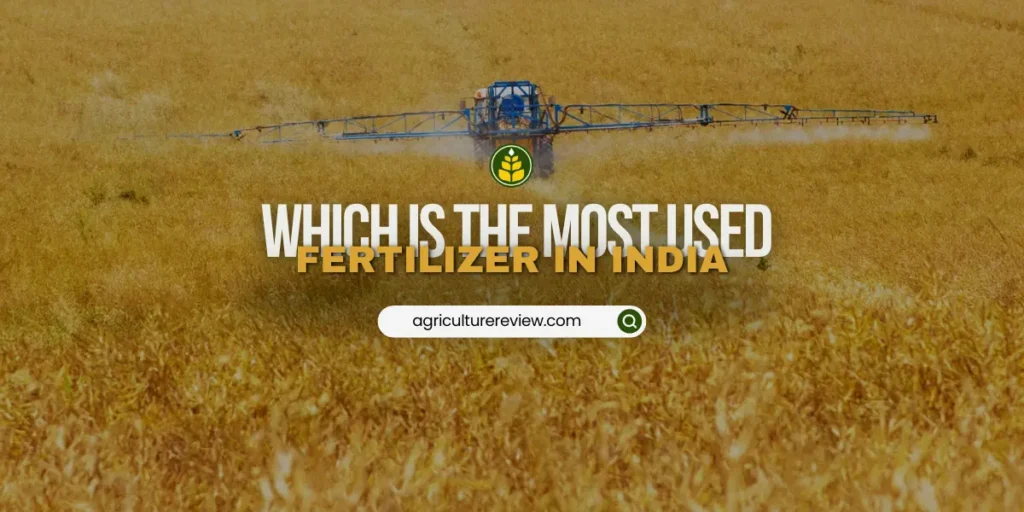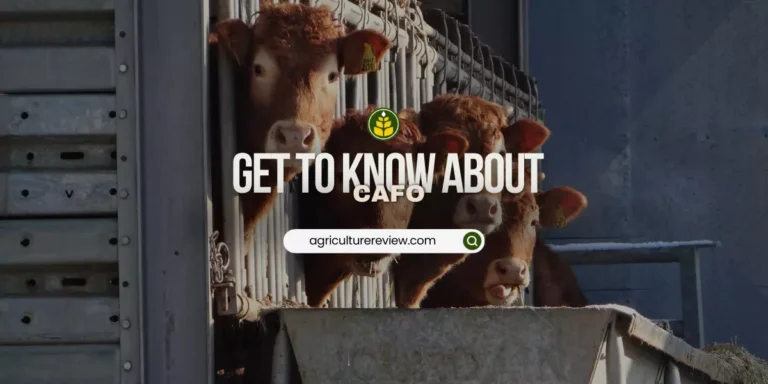According to the data of the Fertilizer Association Of India, urea which is a rich source of nitrogen for plants is the most used, produced, and imported fertilizer in India.

From 2021 to 2022, around 34.18 Million metric tonnes of urea was consumed in India making it the most used fertilizer in the country. It is followed by DAP at 9.27 Million metric tonnes, MOP at 2.46 Million metric tonnes and NP/NPK complex fertilizers at 11.48 Million metric tonnes. You will be surprised to know that India is also the largest consumer of DAP in the world, but if we look at domestic consumption, urea tops the list of most consumed fertilizers.
However, in India, only about 26 Million metric tonnes of urea were produced in 2022 which is less than the consumption, that is why India has to import urea from the rest part of the world. Although urea is being used in India on such as large scale, if we look at the trends, then we can notice that there is a decline of around 2.5% in the consumption of urea in 2022 as compared to year 2021.
This decline may have happened because of increasing awareness about natural farming systems, mixed cropping, crop rotation, bio-fertilizers, etc. among the farmers of India through Paramparagat Krishi Vikas Yojana (PKVY), National Food Security Mission (NFSM), Mission Organic Value Chain Development for North Eastern Region (MOVCDNER), etc.
Most Used Fertilizer In India
| Serial Number | Name of Fertilizer | Consumption in MT (Metric Tonnes) |
|---|---|---|
| 1. | Urea | 34.18 Million |
| 2. | DAP | 9.27 Million |
| 3. | MOP | 2.46 Million |
In India, there are a total of 36 Gas Based urea manufacturing units present with an annual production capacity of 283.74 LMT. Since 2012 the basic retail price of urea has been set at Rs.5360 per tonne. Moreover, the government of India in 2015, made it mandatory for all indigenous urea manufacturers to produce 100% neem-coated urea of their total urea production and the same policy is applied to import the urea from other countries.
If you have any queries, ideas or suggestions, then please comment below. You can also connect with Agriculture Review on Facebook, Instagram, Koo and WhatsApp Messenger.





